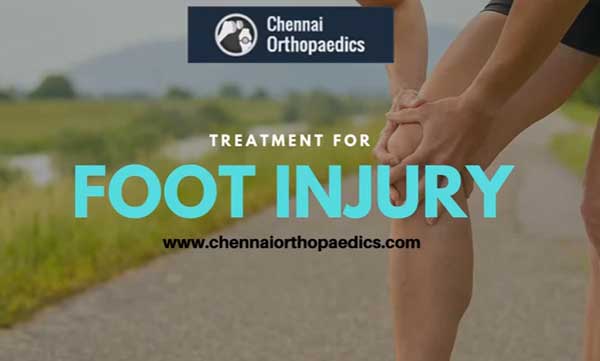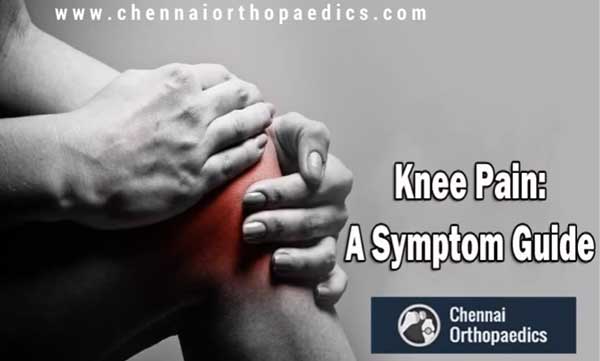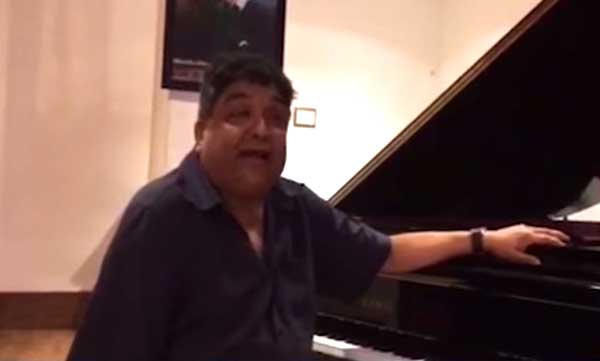Date :20-Feb-2019
Knee osteotomy is a surgical procedure performed to relieve pressure on the damaged site of an arthritic knee joint. Osteotomy literally means "cutting of the bone" and this is most commonly performed for patients where the knee joint’s weight-bearing surfaces worn away on one side. The affected side of the joint is no longer free running and smooth, leading to pain and stiffness. The objective of osteotomy is to transfer the weight-bearing forces within the knee to an uninvolved joint surface. However, this surgery is designed to allow patients to walk without discomfort, not to return them to sporting activities. Those patients who fail to achieve any long-term relief typically attain at least a few years of relief and then often progress to joint replacement.
The two most common types of knee osteotomies are high tibial osteotomy, reshaping the tibia (shin bone) and femoral osteotomy, a reshaping of femur (thigh bone).
In simple terms, when a surgeon removes or adds a wedge of bone to an area of the tibia (shin bone) just below the knee to relieve pressure on the medial compartment of knee joint, it is called a high tibial osteotomy. This surgery is realigning joint sparing operation for osteoarthritis and malalignment of the knee which is most often performed to relieve pain and improve function.

When a surgeon removes or adds a wedge of bone to the femur (thigh bone), it is called a femoral osteotomy. Typically, the bone is cut on the thigh bone above the knee cap. Less common than tibial osteotomies, femoral osteotomies are usually done for younger patients with significant knock-kneed or valgus deformities, improve joint function, and relieve arthritis pain.
What should I expect after the knee osteotomy?
After surgery, most patients experience only mild discomfort and pain. Many types of pain medication are available to help control pain, including nonsteroidal anti-inflammatory drugs (NSAIDs), opioids and local anesthetics.
Wounds will be dressed with well-padded dressings under the outer bandage. The outer bandage may be removed one or two days after surgery. The inner dressing will remain intact for 7-10 days. You will be advised to do continuous passive motion exercises while in bed. Your operated leg will be slightly flexed and extended intermittently to keep the knee joint from becoming stiff. Most of the times, patients can go home 1-2 days after a knee osteotomy.
Is physiotherapy required after knee osteotomy?
It is really important to exercise the knee regularly for several weeks following surgery to strengthen the leg and knee muscles. A physical therapist will teach exercises to help maintain range of motion in your knee and restore your knee strength. You have to continue exercises on a daily basis after the cast is removed.
How long will it take to recover?
Recovery after knee osteotomy starts at least 4-8 weeks as they will wear a cast and then you can put your weight on it to start physical therapy. This is the time it takes to recuperate and regain muscle and knee strength. Patients are usually able to walk without crutches by 8-12 weeks. Sedentary and office workers may return to work approximately one week after the surgery. It is usually at least six months before any physical work is possible, and between 6 – 12 months before sport can be resumed.
Recovering at home
When you are at home, follow the instructions given by your orthopaedic surgeon and physiotherapist.
During your recovery:
- Take pain medications and any other medicine as instructed.
- Take Care of your incisions as directed particularly when bathing or showering.
- While resting, it is important to keep your leg elevated to reduce pain and swelling.
- Apply an ice pack (to reduce swelling)wrapped in a thin towel to your knee a few times a day for not more than 10-15 minutes at a time.
- You will not usually be allowed to bend your knee until you consult the surgeon at clinic.
- Don’t exert weight in your leg for six weeks.
- Use any aids, such as a brace, splint, crutches or walking frames as instructed.
- Follow the exercises your physiotherapist suggests you to do. This includes hands-on stretches, exercises to improve knee range of motion, strength exercises, Endurance and balance exercises.
- Eating a nourishing, balanced diet with plenty of iron will help encourage healing.

Chennai Orthopaedics at Vanagaram, Chennai is a world-class healthcare institute for Orthopaedic Treatment in Chennai that provides comprehensive healthcare services with care and dedication. The center is managed by Dr. Bharani Kumar Dayanandam, a prominent Orthopedic Surgeon in Tamil Nadu and Trauma Consultant currently serving as the Consultant Trauma & Orthopaedic Specialist Chennai at Apollo Hospitals, Ayanambakkam, Chennai. The institute at vanagaram with state-of-the-art technology delivers top-notch Knee Pain Treatment for every patient. They offer a full continuum of diagnostic, therapeutic and surgical services for adults and children with bone, joint or connective tissue disorders.

Mail Us : info.chennaiortho.com@gmail.com
Book Your Appointment Here : chennaiorthopaedics.com/book-appointment
Authored By Dr Bharani Kumar Dayanandam,MBBS,Orthopedic Surgeon
















